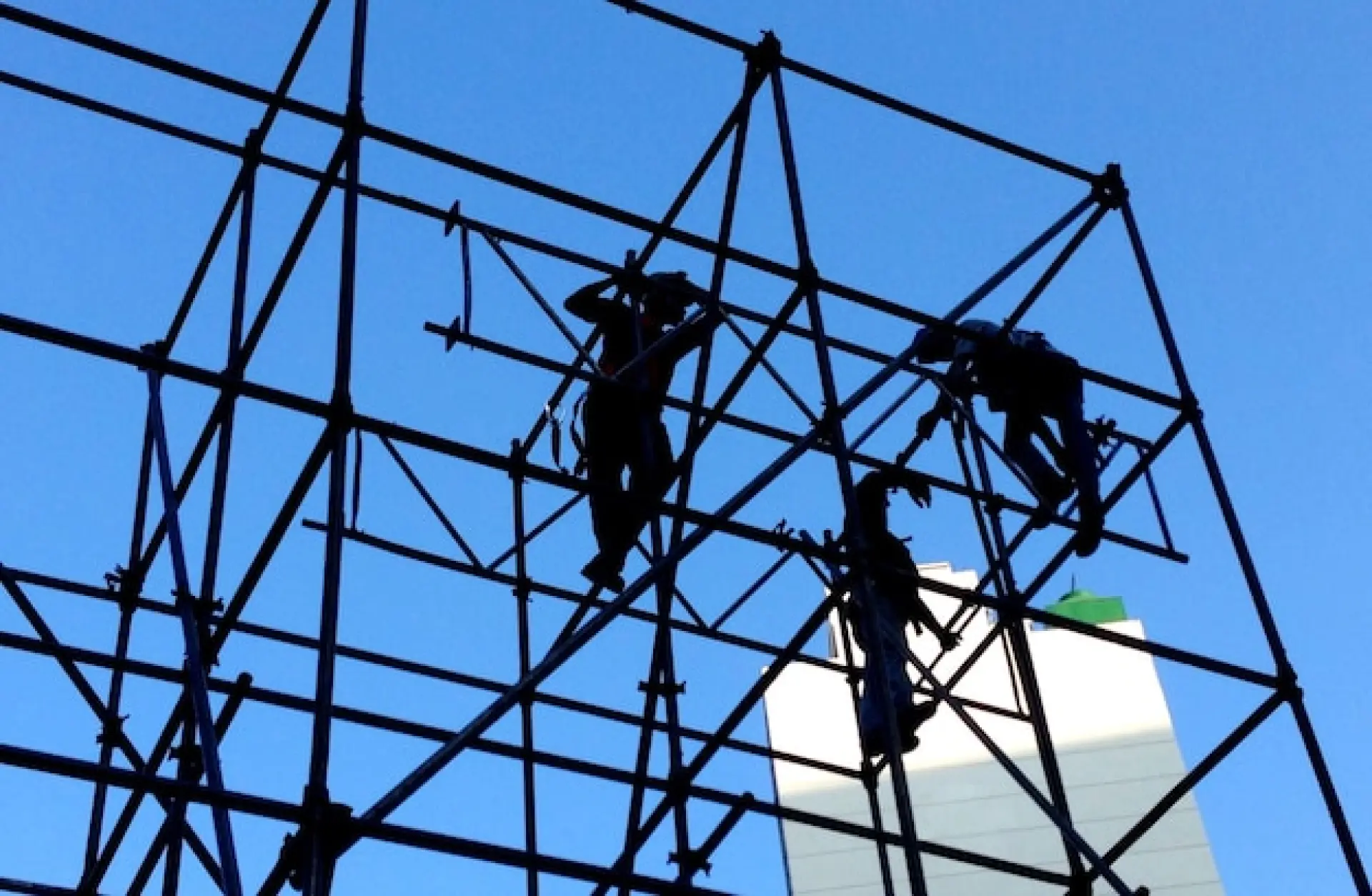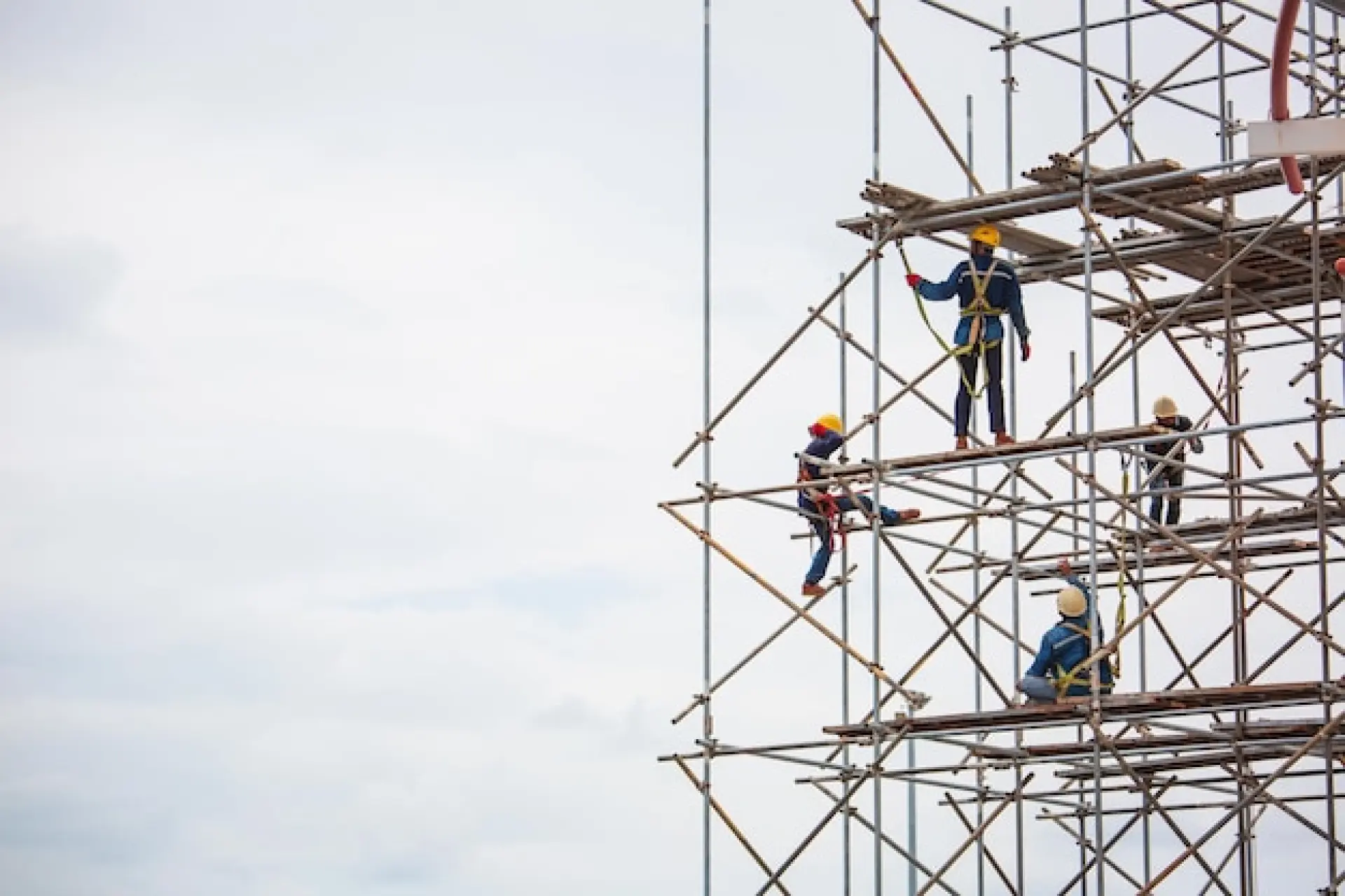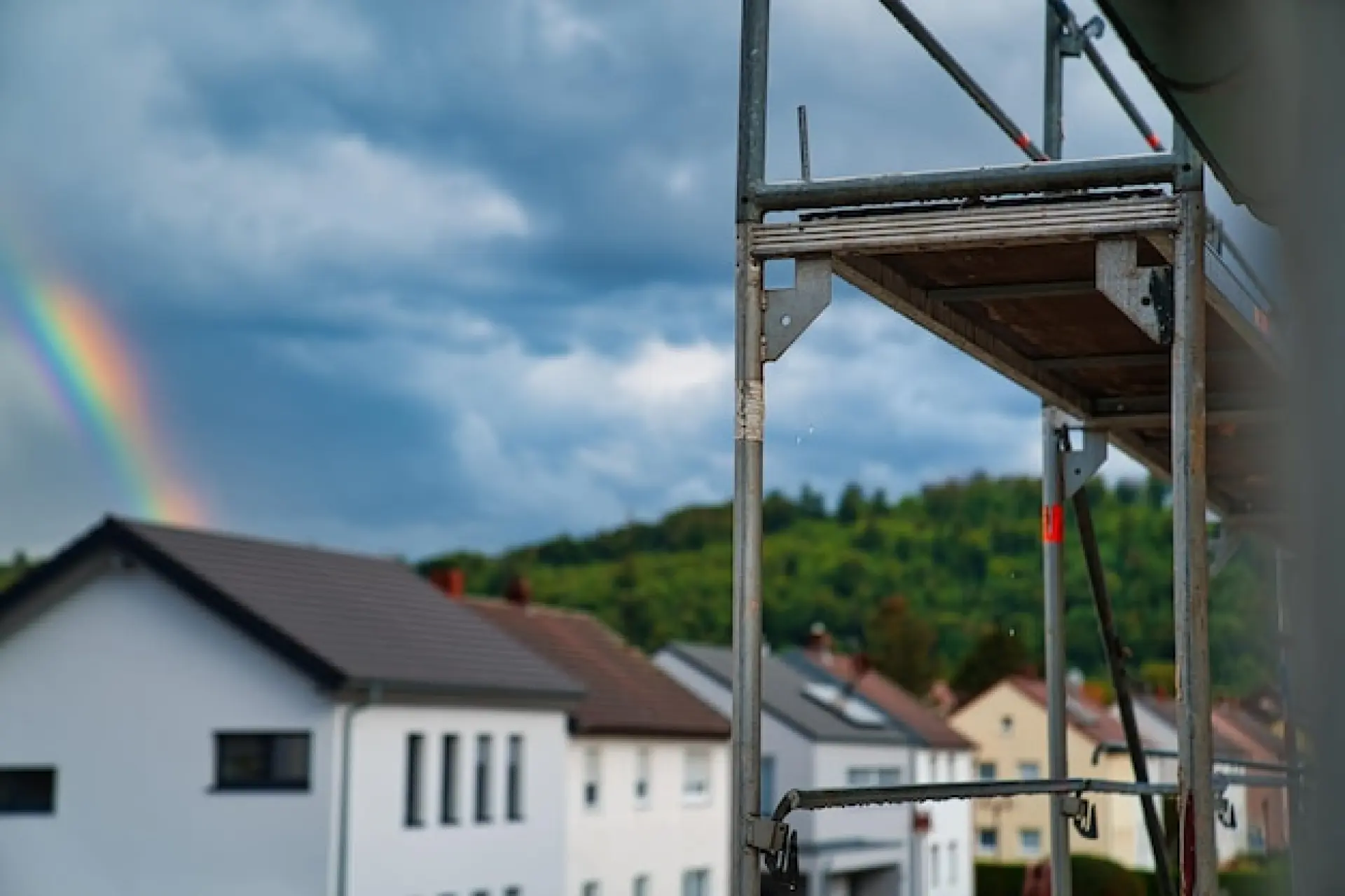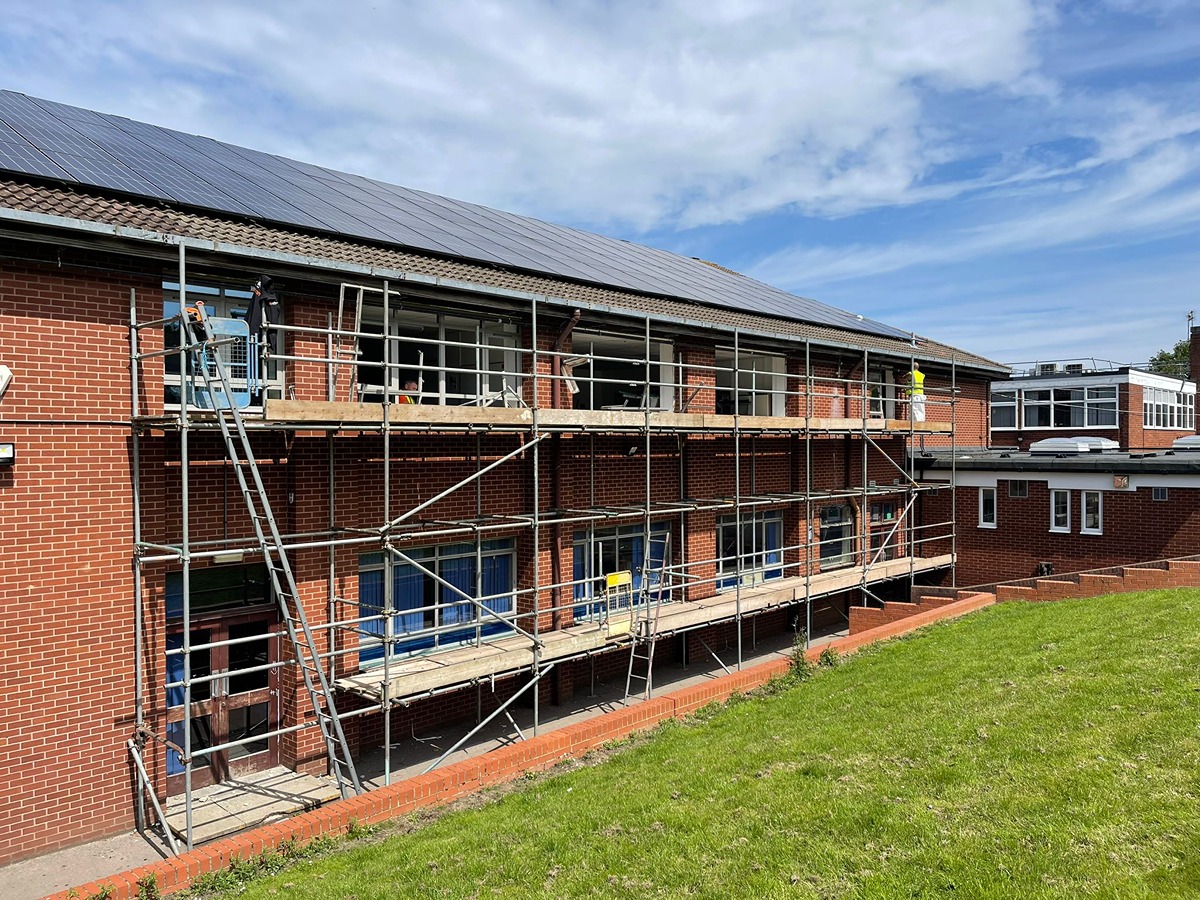Learn essential Safety Tips for Using Domestic Scaffolding for better project efficiency. Understand factors like scaffolding type, load capacity, and British safety standards.
Choosing the Right Scaffolding for Your Project
Selecting the appropriate scaffolding is essential for safety and efficiency. Consider the height and structure of the work area, ensuring the scaffolding is suitable for the task. Lightweight aluminium towers are ideal for smaller domestic projects, while steel scaffolding provides greater durability for heavier loads. Check the manufacturer’s load capacity recommendations and ensure the structure meets British safety standards.
If working on uneven ground, opt for adjustable base plates to maintain stability. Portable scaffolding with locking wheels can be beneficial for mobility but must be securely fixed before use. Never exceed the recommended weight limit, and always follow the instructions for assembly and use. Choosing the right scaffolding reduces risks and ensures a safer working environment.
Inspecting Scaffolding Before Use
Before stepping onto scaffolding, conduct a thorough inspection to identify potential hazards. Check for damaged or missing components, including loose bolts, rusted sections, or cracked planks. Ensure all locking mechanisms are secure and that the structure is firmly positioned.
Pay attention to weather conditions, as rain or frost can make surfaces slippery. If using mobile scaffolding, confirm that the wheels are locked to prevent movement. Any defects should be repaired or replaced before use to avoid accidents.
Regular inspections, particularly before each work session, help to maintain safety and prevent structural failures. If unsure about the integrity of the scaffolding, consult a professional before proceeding with any work.
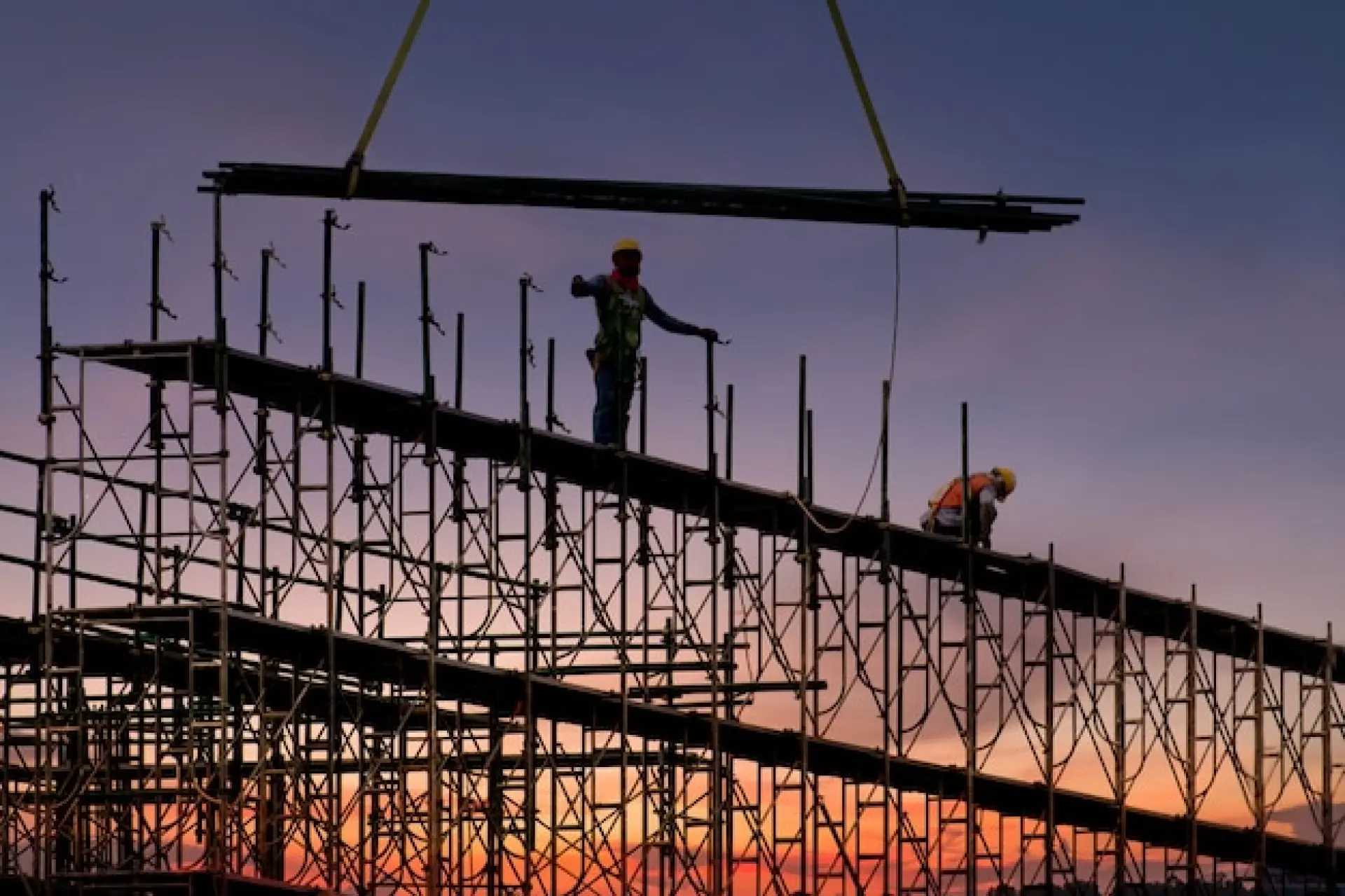
A more detailed inspection should include checking the connections between scaffolding components to ensure they are not worn or corroded.
Even minor rust or deterioration can weaken the overall structure, making it unsafe. Platforms and planks should be securely fitted, with no overhanging sections that could tip or shift under pressure.
If using scaffolding near electrical lines, ensure there is a safe distance to prevent accidental contact, as metal scaffolding can conduct electricity.
It is also important to look for any obstructions that could interfere with scaffolding stability, such as tree branches, overhanging eaves, or nearby traffic.
For added safety, a second person should inspect the scaffolding as well, as another set of eyes can help spot potential hazards that may have been overlooked.
Ensuring a Stable and Level Base
A solid foundation is essential to prevent scaffolding from tipping or collapsing. Position the scaffolding on firm, level ground, avoiding soft soil, loose gravel, or uneven surfaces. If the ground is unstable, use base plates, wooden boards, or adjustable legs to create a stable footing. For additional support, ensure that the scaffolding is secured to a nearby structure where possible.
Avoid setting up scaffolding on wet or slippery surfaces, as this can compromise stability. Check that all supports are firmly in place before climbing. A stable base minimises the risk of falls and structural movement, keeping the work area safe throughout the project.
Proper Assembly and Secure Fixings
Assembling scaffolding correctly is crucial for safety. Follow the manufacturer’s guidelines and ensure all components, including braces, cross members, and platforms, are securely in place. Use the correct tools to tighten fixings and ensure that all locking pins and clamps are properly engaged.
Never modify the scaffolding structure or remove essential components, as this can weaken its integrity. When working at height, secure tools and materials to prevent them from falling. If using a multi-level scaffold, install ladders or access points safely to prevent slipping.
Regularly check the structure during use to ensure all fixings remain secure. A well-assembled scaffold reduces the likelihood of accidents and ensures a safer workspace.
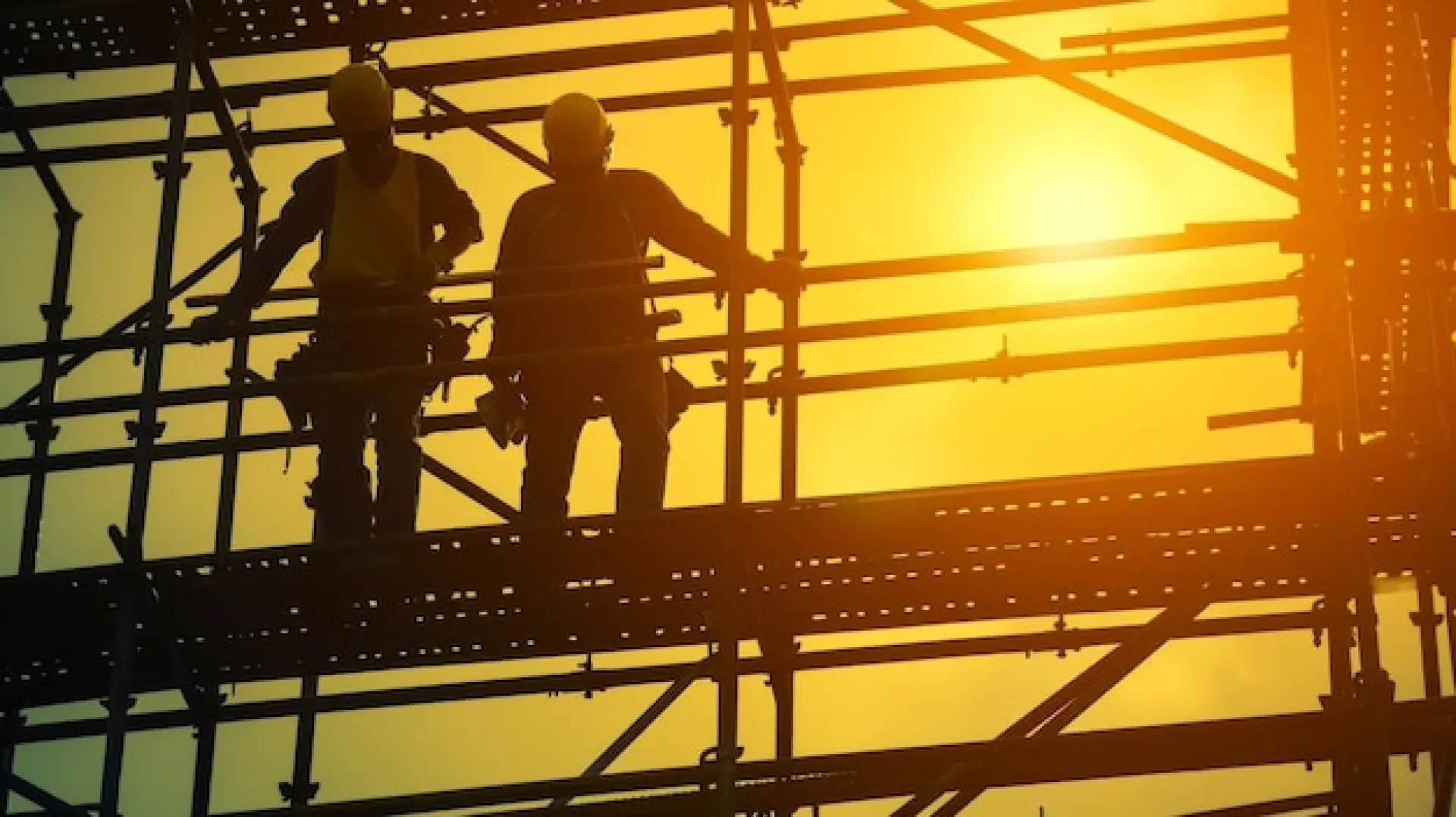
Beyond correct assembly, attention should also be given to the quality of fixings used. All nuts, bolts, and couplers should be checked for tightness and replaced if they show signs of wear.
Scaffold frames should be firmly locked together using appropriate bracing to prevent swaying or unexpected movement. If using tie-in points to secure the scaffold to a structure, ensure they are attached to solid areas such as brick or concrete rather than weaker materials like plasterboard or wooden cladding.
When working on taller scaffolding, diagonal bracing should be used to increase stability. It is also advisable to install a toe board along the edges of work platforms to prevent tools or debris from falling.
Using Guardrails and Safety Barriers
Guardrails and safety barriers are essential for preventing falls when working on scaffolding. Install handrails on all open sides and ensure they are positioned at the correct height. Mid-rails and toe boards should also be in place to provide additional protection. If working at height, consider using a safety harness for extra security.
Avoid stacking materials near the edges where they could be knocked off. Keep walkways clear of obstructions to reduce the risk of tripping. When working in high-wind conditions, additional barriers may be needed to prevent falls. Using proper safety barriers helps create a secure environment and reduces the risk of serious injuries.
If you're carrying out any construction or renovation projects, no matter how big or small, give our company a call. We'll supply you with and install only the best custom scaffolding structures and platforms that you need.

